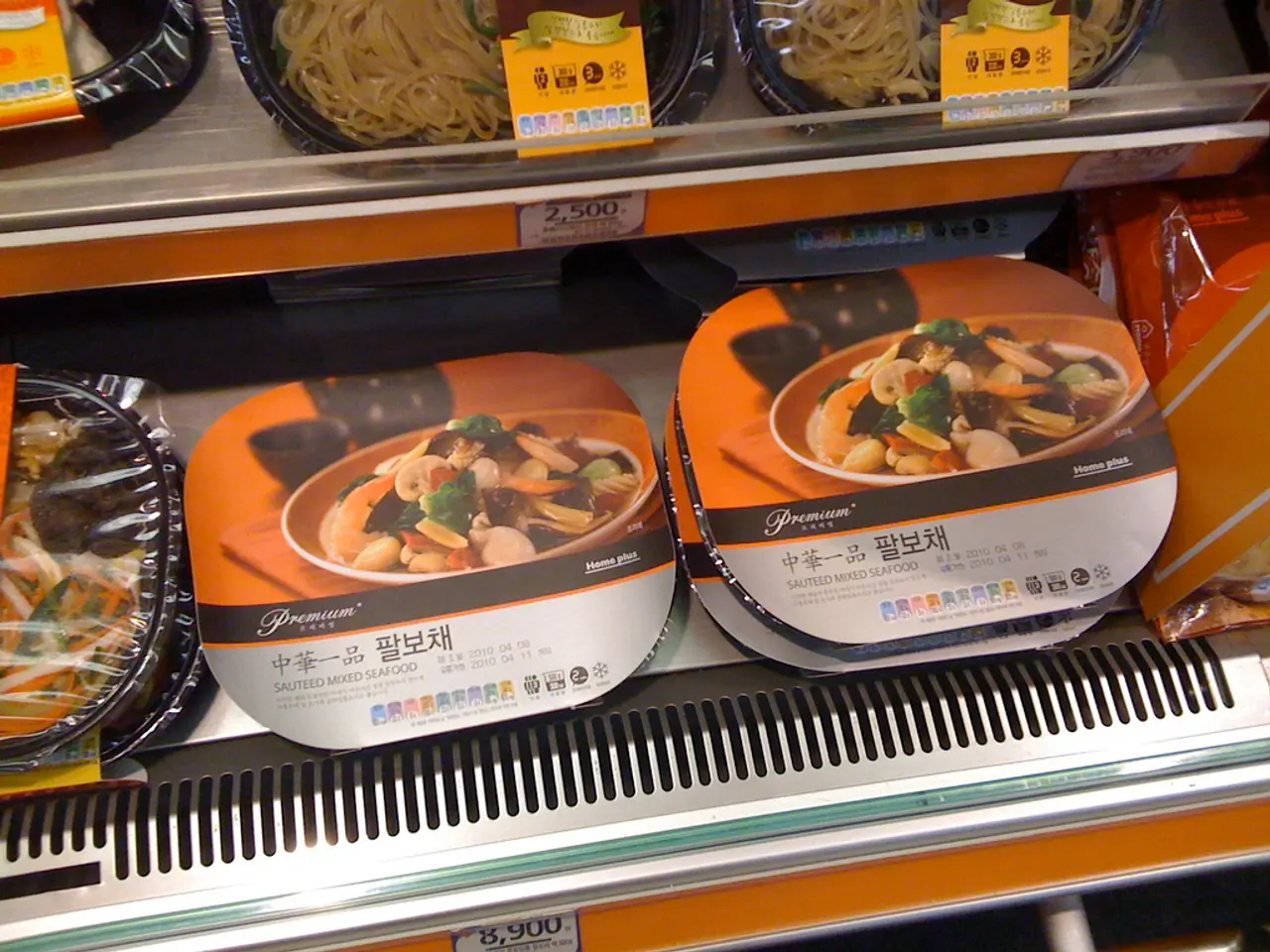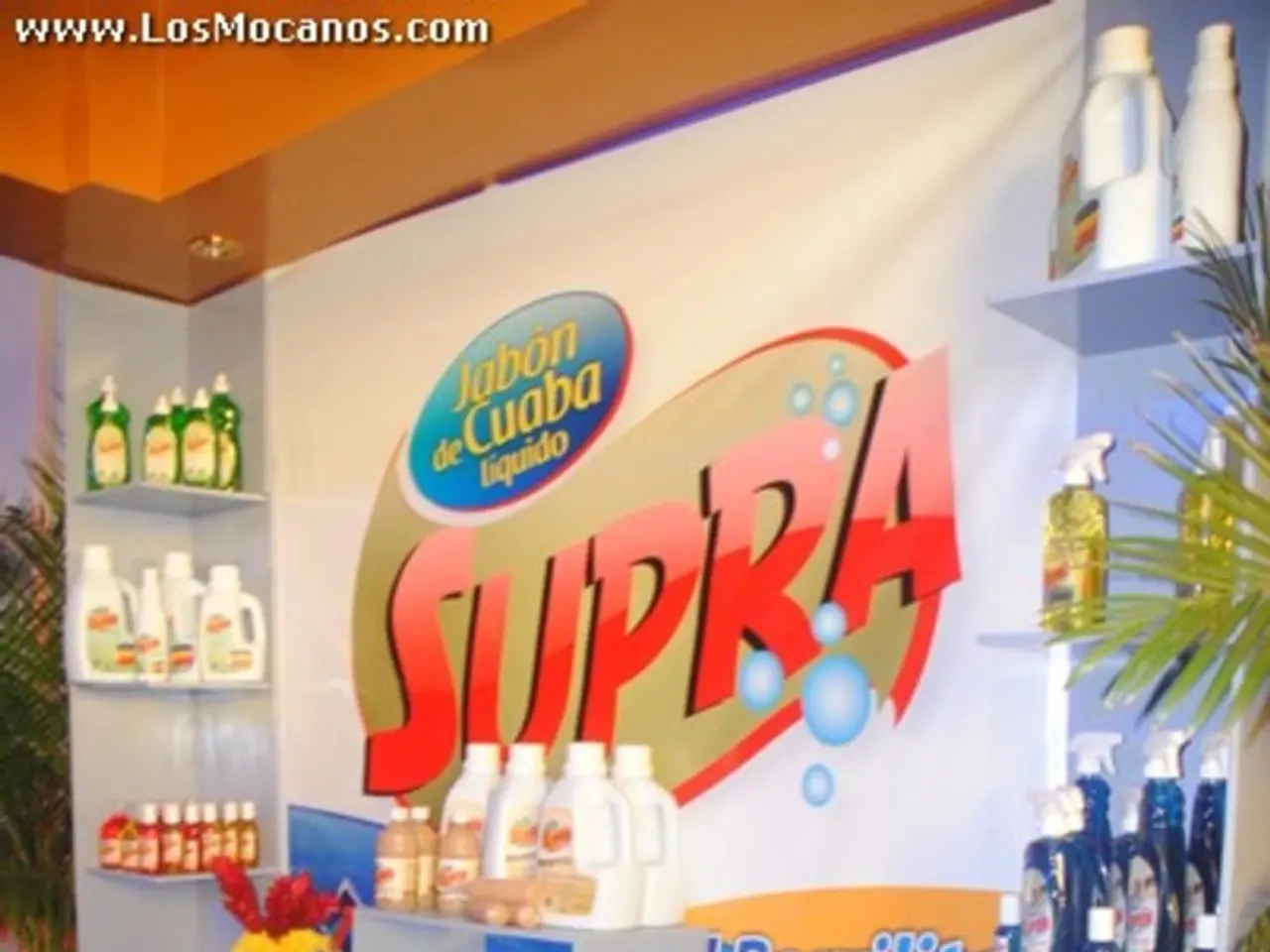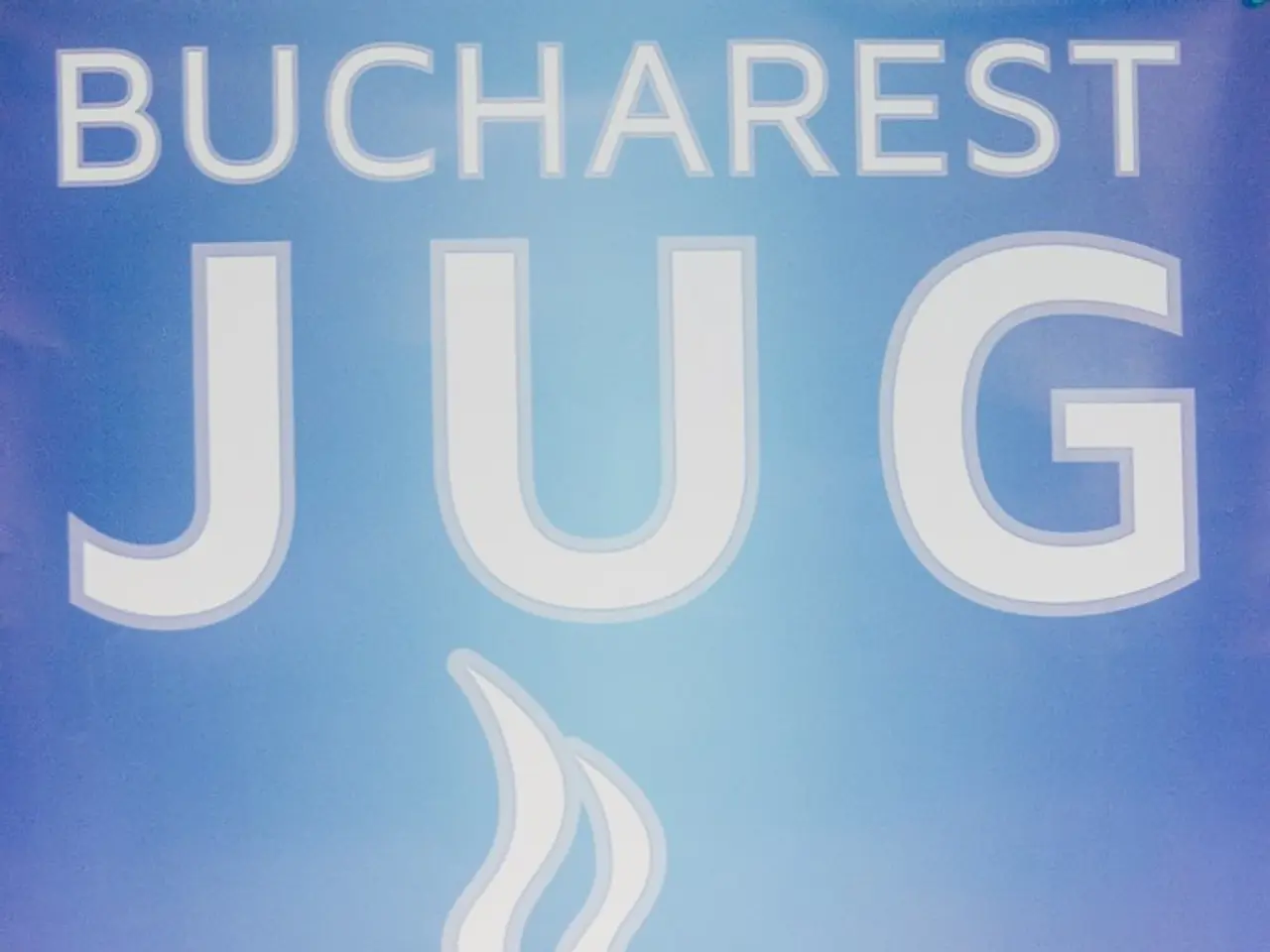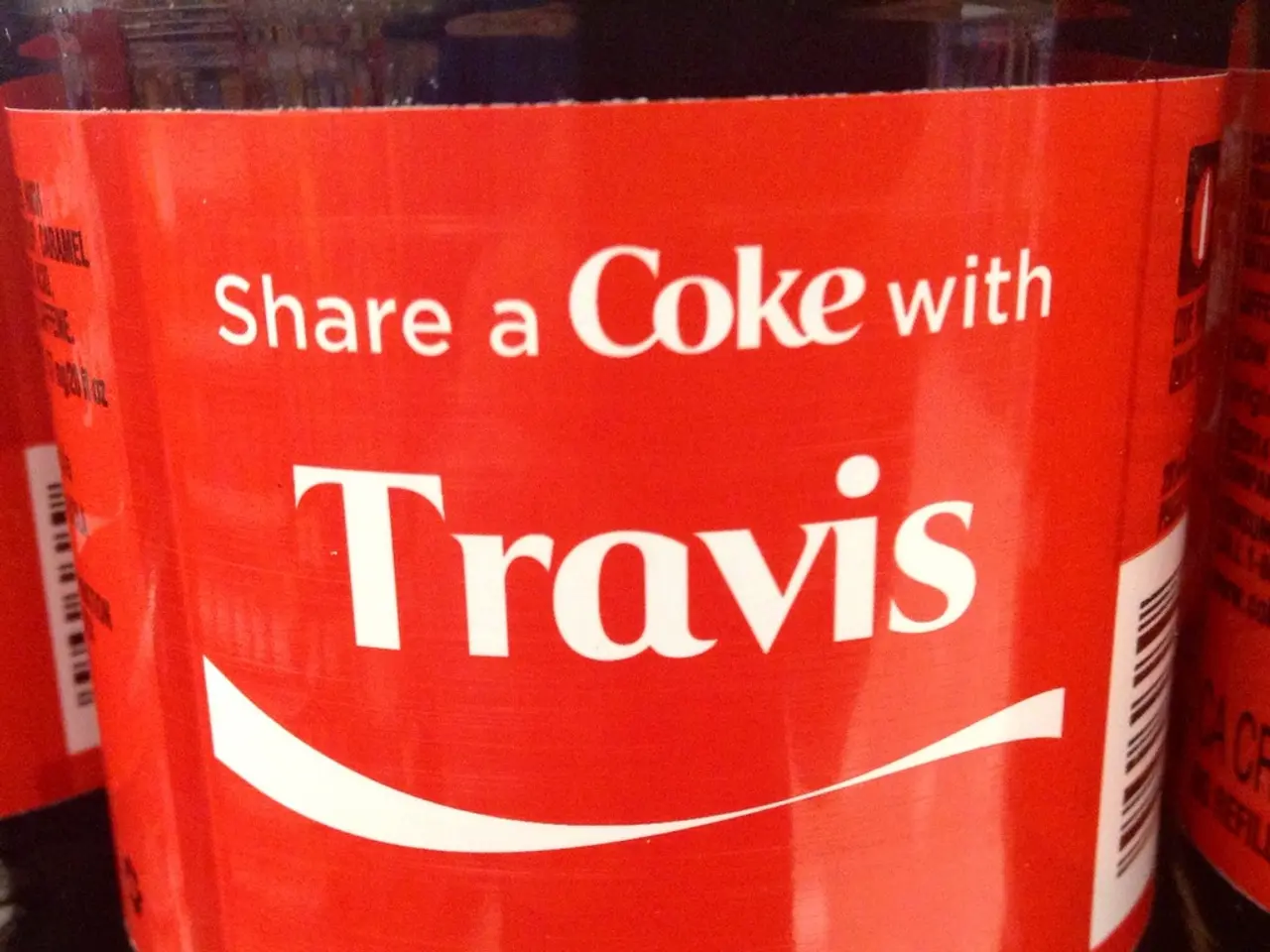Rise in Tax Reductions Leads to Price Adjustments in Restaurants
In a recent statement to "Welt" and "Business Insider", Ingrid Hartges, CEO of the German Hotel and Restaurant Association (Dehoga), highlighted that the full reduction in value-added tax (VAT) on food may not be passed on to customers by the catering industry in Germany.
The VAT reduction, initiated by the federal government, applies to specific categories of food and depends on the service context. For instance, takeaway food and basic foodstuffs are taxed at a reduced rate of 7%, while food consumed on-premises in restaurants and catering is subject to a standard or higher VAT rate (19% or more).
Furthermore, the catering sector faces additional challenges due to a complex VAT structure and recent changes. From August 2025, some food products and services will move to an 11% VAT rate, while raw materials will be taxed at 21%. Although the catering sector retains an 11% VAT rate temporarily, a shift to 21% is possible if revenue targets are not met. These uncertainties and rising input VAT rates complicate pricing.
Additionally, caterers grapple with other factors such as higher raw material costs, energy expenses, labor wages, and inflation pressure, which can offset or exceed the benefits of a VAT cut. To maintain profitability, businesses may refrain from lowering menu prices fully.
Moreover, the extent to which VAT reductions translate into lower prices can vary among caterers due to market competition, pricing strategies, consumer price sensitivity, and contractual commitments. Some caterers may choose not to fully reduce customer prices to avoid eroding margins or because they expect to recoup costs gradually.
In summary, the full VAT reduction on food is not always reflected in lower customer prices in the German catering industry. VAT rates differ by service type, recent VAT changes have added complexity, and rising costs in raw materials and operations constrain the ability to reduce prices. Caterers weigh VAT benefits against inflation and sector-specific cost pressures before adjusting prices.
Each caterer decides for themselves whether and to what extent price reductions are possible, and the statements do not guarantee that all caterers will reduce their prices. The statements were made in reference to the value-added tax reduction on food.
- Despite the tax reduction on specific categories of food, other factors such as higher raw material costs, energy expenses, labor wages, and inflation pressure in the catering sector may prevent the full reduction in customer prices.
- The complex VAT structure and recent changes, including the shift of some food products and services to an 11% or 21% VAT rate, make it challenging for the catering industry to pass on the benefits of the VAT reduction to general-news consumers.




